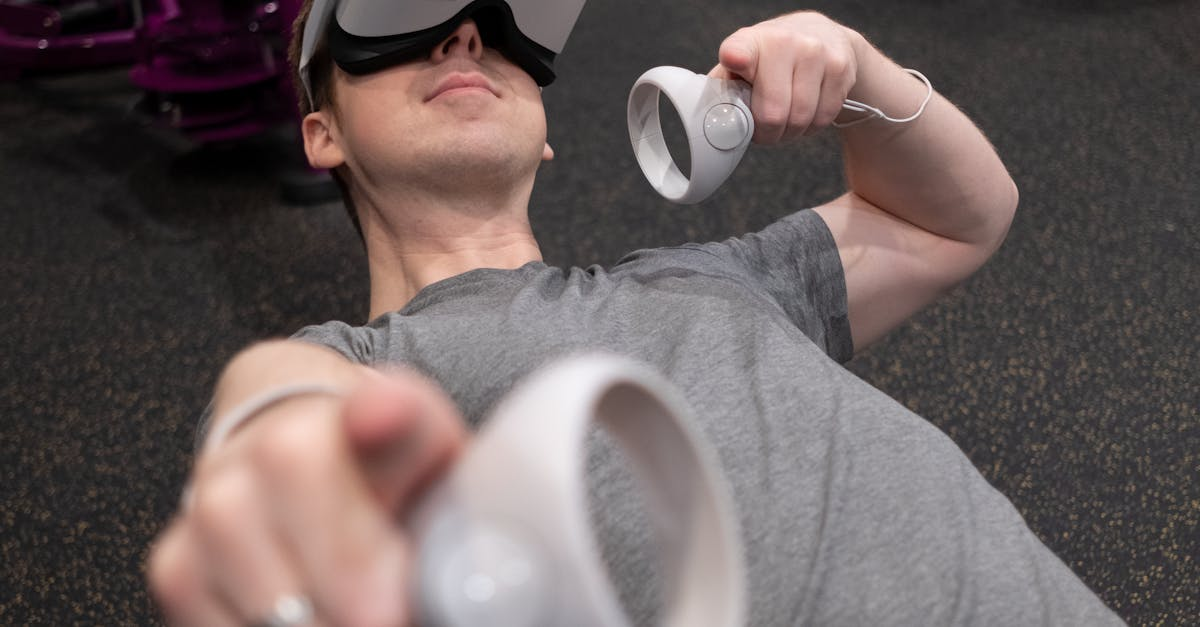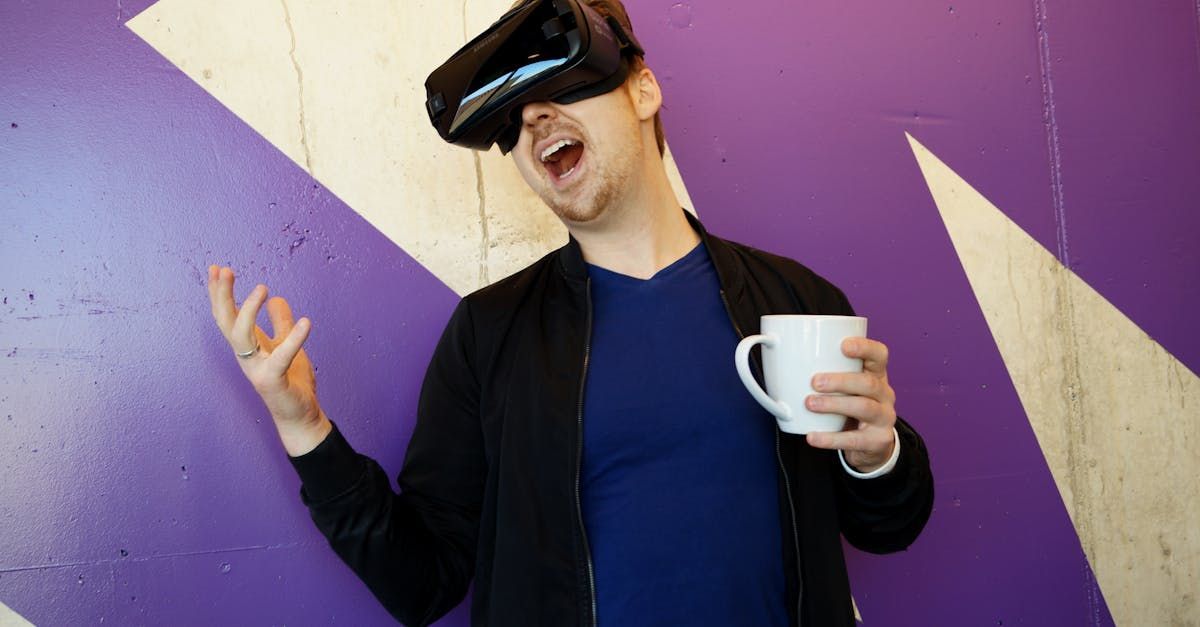August 23, 2024
Extended Reality (XR) technologies, encompassing Virtual Reality (VR), Augmented Reality (AR), and Mixed Reality (MR), are revolutionizing how we interact with digital environments. As exciting as this frontier is, the path to successful XR development is fraught with challenges. At augLab, our team of experts has honed their skills in navigating these complexities to deliver impactful XR solutions. Here, we share some key insights into overcoming the obstacles of XR development. 1. Understanding Hardware Limitations One of the primary challenges in XR development is the hardware itself. Unlike conventional software applications, XR experiences require specific hardware that can support high processing demands, such as headsets and sensors. The variability in hardware capabilities—from high-end VR headsets to smartphones capable of AR—demands a flexible approach to development. Our team at augLab emphasizes the importance of optimizing XR experiences for a range of devices, ensuring accessibility while maintaining high-quality user experiences. 2. Ensuring Seamless User Experience (UX) Creating a seamless user experience in XR is significantly different from traditional applications. Factors such as motion sickness, user comfort, and intuitive navigation are critical. Designing for XR means rethinking interaction models; for instance, what works for a 2D screen may not translate well into a 3D immersive environment. At augLab, our experts focus on rigorous user testing and iterative design processes. This approach allows us to refine the user experience continually, ensuring that our XR applications are not only engaging but also comfortable and intuitive for all users. 3. Balancing Realism and Performance Another challenge lies in balancing the level of realism with performance requirements. High-quality XR experiences demand detailed graphics and smooth interactions, but these elements can strain device performance. Achieving this balance is essential to prevent lag, crashes, or overheating, which can detract from the user experience. At augLab, we utilize advanced rendering techniques and optimized asset management to create realistic, high-performance XR applications that run smoothly on a variety of devices. 4. Creating Engaging Content Content is king, even more so in XR. The novelty of the medium can wear off quickly if the content does not provide value or entertainment. Developing engaging and interactive content that leverages the unique capabilities of XR—such as 360-degree interactions and spatial audio—is essential. Our team collaborates closely with clients to create bespoke XR content that aligns with their brand's messaging and objectives, ensuring that users are not only immersed but also meaningfully engaged. 5. Navigating Ethical and Privacy Concerns XR applications often require access to sensitive data, including location information and biometric data. This raises significant privacy concerns, particularly in applications that involve real-world interactions or collect user behavior data. At augLab, we prioritize ethical considerations in our development process, incorporating robust data protection and privacy measures to safeguard user information. Transparency with users about data usage is also a core principle, helping build trust and credibility in our XR solutions. 6. Collaborative Development and Integration XR development is inherently multidisciplinary, involving 3D artists, UX/UI designers, software developers, and hardware engineers. Effective collaboration across these diverse teams is crucial. augLab fosters a culture of collaboration and continuous learning, leveraging a diverse skill set to address the multifaceted challenges of XR development. We also focus on integrating XR solutions with existing digital ecosystems, ensuring that new XR applications can seamlessly interface with other platforms and technologies. 7. Keeping Up with Rapid Technological Advancements The XR landscape is rapidly evolving, with new hardware releases, software updates, and technological breakthroughs occurring regularly. Staying ahead in this environment requires continuous learning and adaptability. At augLab, our experts are committed to staying abreast of the latest developments in XR technology and best practices. This proactive approach enables us to leverage cutting-edge technologies to enhance our XR solutions continually. Navigating the challenges of XR development is a complex but rewarding endeavor. At augLab, we are committed to pushing the boundaries of what is possible with XR, creating innovative and impactful experiences for our clients. By understanding hardware limitations, prioritizing user experience, balancing realism with performance, crafting engaging content, addressing ethical concerns, fostering collaboration, and staying current with technological advancements, we overcome the challenges of XR development. Our goal is to help businesses harness the power of XR to transform their digital presence and engage with their audiences in new, exciting ways.









